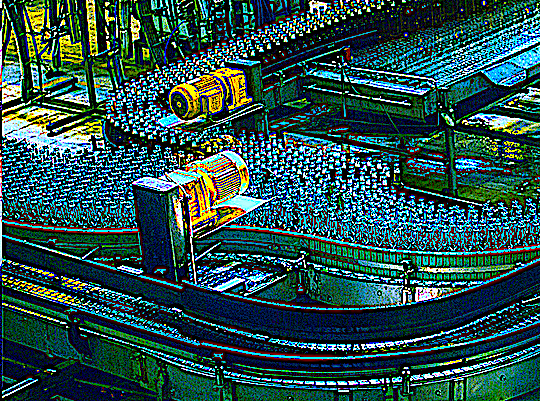For most businesses, the first and second quarters of 2020 will go down in the record books as their worst ever. With many non-essential-deemed manufacturing operations having to lay off or furlough much of their workforces and slow down or mothball their plants, the COVID-19-induced economic pain in this sector has been horrific. At last, however, there seems to be some good news on the horizon.
In light of North America’s pandemic-forced “lockdown” transitioning into an accelerated, phased “opening for business” mode, manufacturers will likely be facing an avalanche of production orders, as consumerism takes hold with a newly re-employed workforce. With production expected to quickly surpass pre-pandemic levels, manufacturing lines and process equipment may be called upon to run at maximum (or faster than) design speeds, and for longer operational periods, as shifts are added to meet demand.
At some sites, personnel have been able to use the last few months of the COVID-19 slowdown to catch up on their preventive work, prepare equipment for eventual startup, and, with a bit of luck, reduce their maintenance backlog (if parts have been readily available). In less-fortunate operations, and there will be many, the coming months may prove very difficult for maintenance departments, as startup and increased operating demand quickly taxes equipment-reliability readiness.
MINIMIZING A STARTUP’S BOW-WAVE EFFECT
Maintenance departments that work in multi-seasonal environments (such as Northern U.S. regions and Canadian provinces, for example) are well aware that Spring and Fall seasons regularly fuel a host of equipment startup problems. This is an issue even for sites where equipment has been systematically taken off line and stored and maintained correctly during the off-season.
When maintenance does its part correctly, bringing production assets back on line requires the equipment installation, setup, and startup to be smoothly coordinated through a series of interactions among planners, maintainers, production staff, contractors, sponsors, engineering, purchasing, and sales. These non-linear interactions are generally complex, given the fact that the various parties are typically working on different timetables and agendas.
If an asset is installed in a sub-standard state of repair, and the installation/startup “dance” is poorly choreographed, the equipment can suffer from a premature failure similar to a bow- wave failure pattern or archetype.
Typically, a bow-wave failure results from a hasty or “quick fix” solution to commissioning, installation and startup, and manifests itself as a production slowdown or critical-component failure after a short production run-time. This type of event is usually preventable, always expensive to fix properly, after the fact, and sure to jeopardize any successful operational launch/re-launch.
A post-pandemic startup will be similar a seasonal startup or a commissioned startup of a new line/piece of equipment. Thus, to be successful, it must be approached in much the same way as those types of seasonal and commissioning events.
Combating a bow-wave failure requires maintenance to work collectively with its partners, to develop and perform a pre-production test schedule of the production assets (similar to a commissioning program) and systematically ramp up the equipment and production process in a staged and controlled manner before signing off to the production team. In addition, if supplementary shifts are added to meet production quota, don’t forget to compensate your preventive-maintenance (PM) program accordingly.
Yes, the global COVID-19 pandemic is unprecedented. But with a bit of foresight, a successful manufacturing-sector comeback is achievable and what countries everywhere need to help get them on the road to recovery. Good luck!TRR
ABOUT THE AUTHOR
Ken Bannister has 40+ years of experience in the RAM industry. For the past 30, he’s been a Managing Partner and Principal Asset Management Consultant with Engtech industries Inc., where he has specialized in helping clients implement best-practice asset-management programs worldwide. A founding member and past director of the Plant Engineering and Maintenance Association of Canada, he is the author of several books, including three on lubrication, one on predictive maintenance, and one on energy reduction strategies, and is currently writing one on planning and scheduling. Contact him directly at 519-469-9173 or kbannister@theramreview.com.
Tags: asset management, reliability, availability, maintenance, RAM, bow-wave failure



